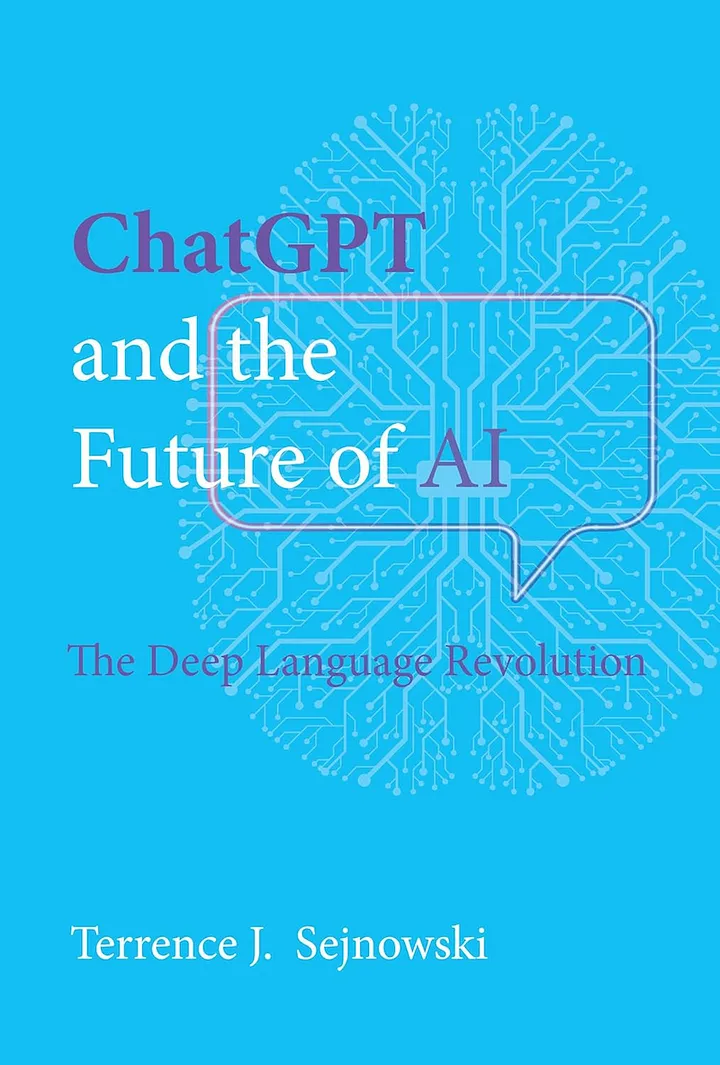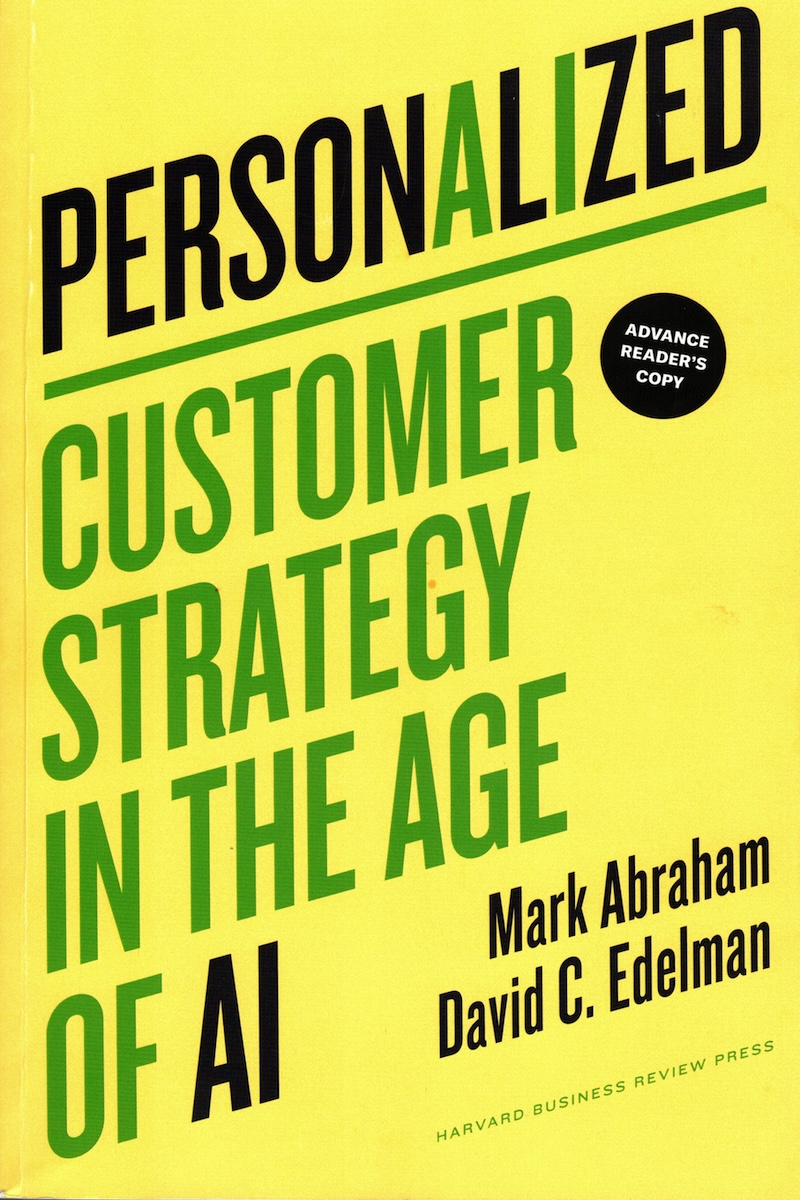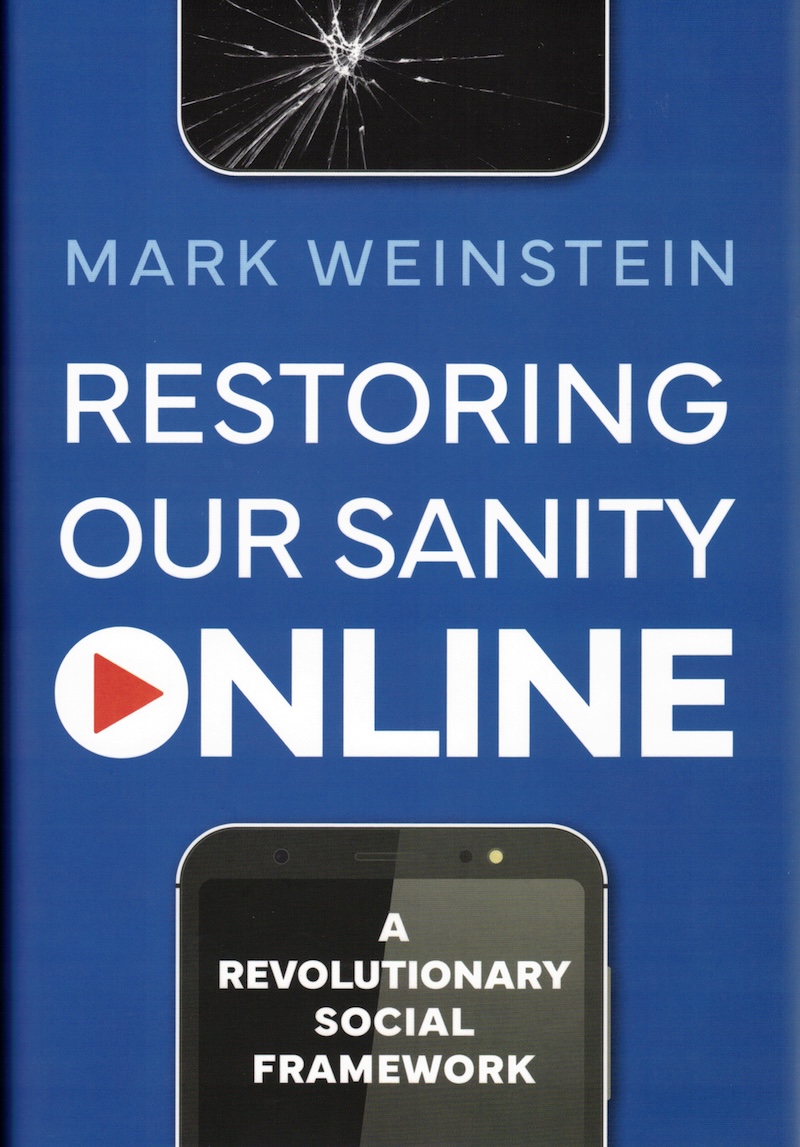As I started to read Personalized by Mark Abraham and David C. Edelman, I was excited to realize that the authors were describing, in very tangible and practical terms, specific ways that the Connected Intelligence Revolution is changing how businesses operate, industries compete, and how we as individuals interact with the world around us. In the dozen or so years that I’ve been writing and talking about this technology revolution, I’ve been able to point to specific anecdotal examples of the transformative impact of ubiquitous connectivity, comprehensive data collection, data analysis and machine learning, and natural interfaces between the computational and real worlds. But personalization, as described by the authors, is a significant and broad demonstration of this impact, similar to the ways that Smartphones (in the Mobility Revolution), the Web (in the Internet Revolution), and PCs (in the Microprocessor Revolution) fundamentally impacted all people, businesses, and industries.
The book teaches the lessons that the authors have learned from Boston Consulting Group’s engagements with large businesses across industries who are striving to leverage big data and AI to deliver a more personalized experience for their customers.
The first half of the book is largely structured around what the authors call the Five Promises of Personalization:
– Empower Me: Help customers achieve their goals.
– Know Me: Interact with customers in a way that demonstrates awareness of and sensitivity to their current situation.
– Reach Me: Reach out to the right customer in the right channel at just the right moment to deliver the right experience.
– Show Me: Provide customers with relevant content tailored to specifically meet them where they are in their journey.
– Delight Me: Over time deliver a magical experience that demonstrates that the company is paying attention and learning from every interaction in order to truly empower customers with awareness and sensitivity.
The second half of the book addresses issues companies will need to deal with that extend beyond the Five Promises with chapters on technology choices (“Building Personalization through Smart Integration”), executive sponsorship, buy-in and focus (“Expanding Roles in the C-Suite”), ensuring acceptable returns on investments (“Measuring Impact”), legal and reputational impacts (“Navigating Risk and Privacy”), competitive strategy (“Competing on Personalization”), and strategic planning (“Personalization of the Future”).
Bottom line, Personalized provides a clear picture of how the Connected Intelligence Revolution is redefining how companies across industries interact with their customers. The book explains how those companies will need to change to deliver the promises of personalization. Big companies need to understand these changes, but will likely need help from big consulting firms like BCG (the authors’ employer). Smaller companies will likely continue to deliver personalization the old fashioned way — by personally knowing their customers individually.
I recommend that big company executives, especially those focused on marketing and the customer experience, read Personalized and consider how quickly they can or should pursue the vision.
Read my full review here.










